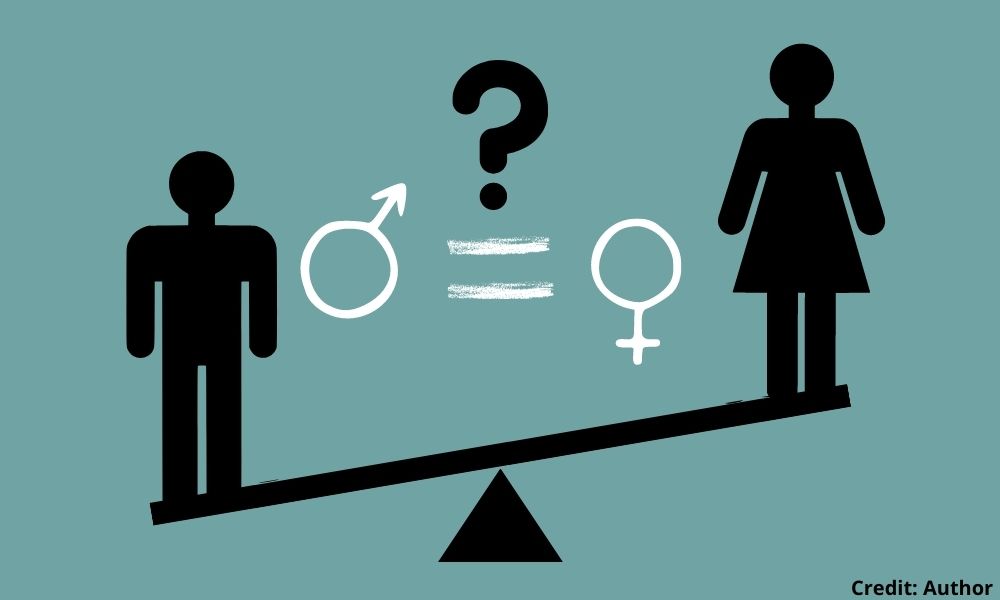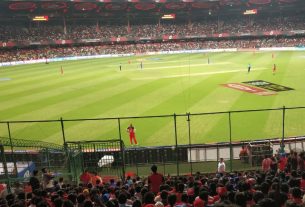Women occupy less than 10 percent of positions in sports associations and governing bodies in the country.
Indore: When Siddhayani Patni, the first woman office-bearer of the Madhya Pradesh Cricket Association (MPCA), joined the body seven years ago, the workplace was dominated by men. “I joined as a convenor, and all we had were male managers, male coaches, and male selectors,” she said.
“When more women players started participating in the sport, they realised the need for more women in management positions,” Patni added. She believes that sports associations can better cater to the needs of women players if they have some female representation in the management positions.
Women occupy less than 10 percent of positions in sports associations and governing bodies in the country. Eight national sports associations do not have any female representation on their governing bodies. Hockey India, with 34 percent female representation, is an exception. State sports associations are no different. Most sports committees in Karnataka and Madhya Pradesh have barely any female members.
Patni is the joint secretary of MPCA. She explained that earlier the association used to organise fewer training camps for female players. “I started recruiting women in key positions like that of a coach, manager, and physio trainer. Players started feeling more comfortable, and the grievance redressal mechanism improved,” she said.
She, however, feels that all sports bodies have started promoting women sports, and they don’t need female members to do so. “Women will also have to prove themselves if they want to be in governing bodies. If you show dedication and allot an extraordinary amount of your time to the work, people will recognise your efforts.”
All the sporting governing bodies are registered as societies under the Societies Registration Act of 1860. All sports bodies in India are autonomous entities. The Indian Olympic Association is the umbrella body under which all the National Sports Federations and State Olympic Associations conduct various sporting events in the country. A person is required to be a member of the State sports association in order to be elected to governing positions.
Many office bearers of sports bodies believe that women are often unable to dedicate themselves to the additional responsibility. Mr. C. Gunalan, joint secretary of Karnataka Table Tennis Association, explained that their main idea is to induct a lady member who is also a sports player.
“Since Archana Vishwanath, a former international player and seven-time state champion, left the association in 2005 owing to some personal commitments, we haven’t been able to find any woman player willing to take up the job,” he said. He added that they still have a slot open to induct a woman into the vice president position. “Whomever we approach, they refuse the offer because they are unable to devote more useful and workable time for us,” he said. “Many other women are willing to volunteer, but we are not interested because we are looking for a suitable person who has some knowledge about the sport. We are looking for people who have played nationally or internationally and have a minimum experience of 5 years in the circuit.”
The idea of inducting former sportswomen into managerial positions solves two problems. “Former players understand the problems faced by young players and can come up with more efficient solutions, and we get diverse representation in the body,” Gunalan said. He affirmed that they will elect a woman member once the pandemic is over.
Anirban Ghosh, a co-founder of a Non-Governmental Organisation, Khel Khel Mein Foundation, said that he hasn’t seen a direct correlation between women members in sports associations and increased participation of female players. “We work at the grass-root level. We have seen that if there is a collective will in the committee, things will happen. Women participation does not have a very defining role.”
Experts believe that a case needs to be made for proportionate representation because it has a demonstrative effect on upcoming players. Dr. Sunalini Kumar, Associate Professor for Global Studies at Ambedkar University, explained that legislating more women in governing bodies might not change the situation on the ground. “In the modern world, sports has traditionally been deeply tied up with male performance and masculinity – not just in terms of players, but in terms of fans, followers, and managers. But, since more women are actively participating in sports, it should be equally representative of both genders, like all fields of human endeavour.”
She said that more women in sports associations may not result in more women participating in sports, but symbolically, it will help create a more comfortable environment and inspire confidence in women players. A legal solution might be the answer. “If there is a legal provision by which the participation of women in sports bodies can be increased, I’ll very much be in favour of it,” she remarked.




